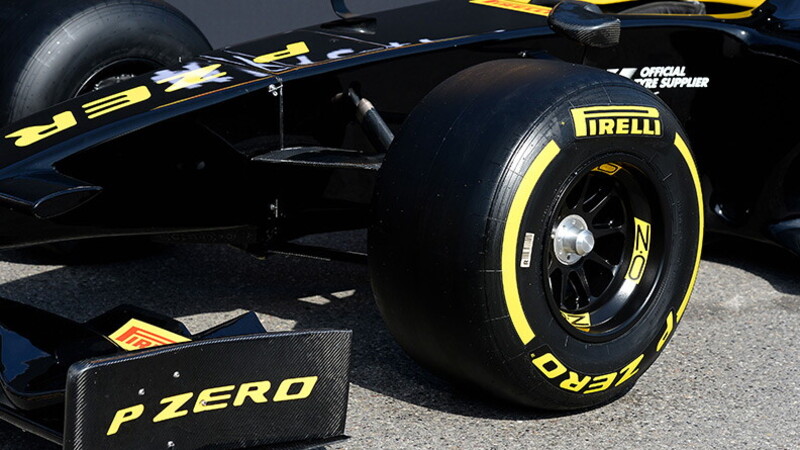F1 2017: five seconds ahead

As far as safety goes, even though the term will always be relative, being a sport that is inherently dangerous, cars and circuits have made enormous steps in the last 20 years. With rigidity guaranteed by carbon, the key material from which the chassis is made, the only physical part of the driver exposed to danger these days is their heads - and even in that respect progress is being made, which we will see on the track very soon. When it comes to performance, the way forwards is continuous and inexorable and it couldn't be any other way in a sport whose whole reason for being is to research, design and create a Formula 1® car that is quicker than that of their rivals.
But now Formula One is at the crossroads. The objective declared by the sporting powers that be is to take a car to the track next year that has an average improvement in lap time of five seconds compared to 2015. At first glance this seems enormous but in reality just the improvement in aerodynamics, tyres and engine alone this year have ensured times about two seconds quicker than they were last year. So the missing progress is just the final three seconds per lap. Many engineers expect the cars to find even more. In 2017 we will see a technical revolution which means downforce is increased by 20% compared to the current levels. This progress will lead to increased cornering speeds but (at least in the beginning) the extra downforce will also mean reduced top speed on the straights. With increased downforce and bigger lateral acceleration, more support is needed from the tyres - and that is why in 2017 Pirelli will be producing wider F1® tyres. These are the numbers: the front tyres will be 305mm wide compared to the 245mm width today; the rear tyres will be 405mm wide compared to 325mm today. The wheel rim size remains unaltered; at the classic 13-inch measurement that is typical of F1®.
What will be the effects of this change? First of all it's another step towards ultimate performance. Having wider tyres means a bigger contact patch; more rubber in contact with the ground, and more grip - with a natural consequence towards increased all-round performance and speed. However, it also means increased resistance towards aerodynamic improvements, which can therefore get bigger and bigger (the inherent continued research that forms part of Formula One ensures this), safe in the knowledge that these demands can be safely coped with. But Formula One is not just a simple question of cars plus engine plus tyres. There is a whole host of other additional parameters, which together interact in a complex equation. If you change the tyres you then have to change the aerodynamics as well for example. And that is why the tests for 2017 take on an even greater significance than usual, as teams and tyre engineers learn the structure of this new parallel relationship. Much initial development has already been done and information exchanged, but the track is the track. And so it's only on 2 August that this new technical F1® era begins.
That's when the first car will take to the track with wider 2017 tyres. It will be a Ferrari from 2015 (equipped with a hybrid power unit similar to that used by the current cars) as agreed with the teams, the governing body, and Pirelli. The car will be modified to simulate 2017 levels of downforce and accommodate the wider tyres; as will all the cars used for these 24 days of dedicated track testing. Three teams have agreed to take part in the testing programme; taking on the challenge of building an adapted car while facing up to the demands of a highly competitive season: Ferrari, Mercedes and Red Bull. Ferrari will start off with two days of wet tyre testing at their home track, followed by Red Bull over the next two days at Mugello. Mercedes will come into the scene in September. There will be five circuits taking part in the programme: the two Italian tracks already mentioned, then Paul Ricard in France, Barcelona and Abu Dhabi. The Middle Eastern circuit will host four of the 10 sessions planned, with the last one on 29 November, two days after the final race of the season. All three teams will be on the track, providing data that will be shared with all the teams to provide the maximum fairness for all.
The future is already here.





